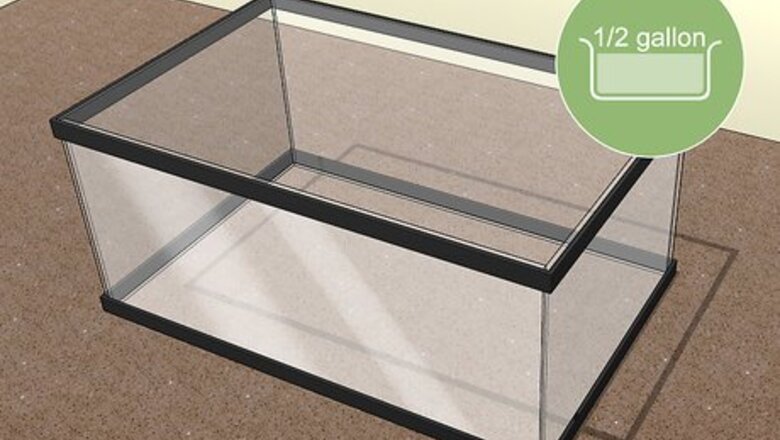
views
Setting up the Tank
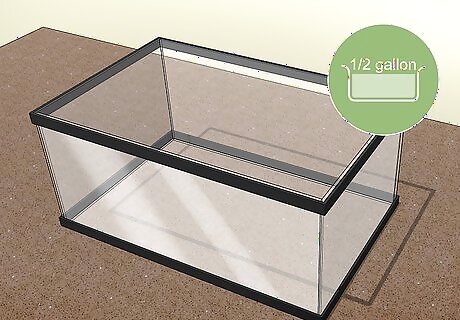
Purchase a glass tank that is at least ⁄2 gallon (1.9 L) large. Visit a local fish or animal store and invest in a fish tank. Leeches are adept at living in close quarters—at the most, about 50 can live comfortably in 1 gallon (3.8 L) of water. However, this ultimately depends on the type of leech and their environment of origin. In general, 50 leeches at most can live in a 10 gallon (38 L) aquarium. Pond leeches do best with 1 to 2 leeches per gallon.
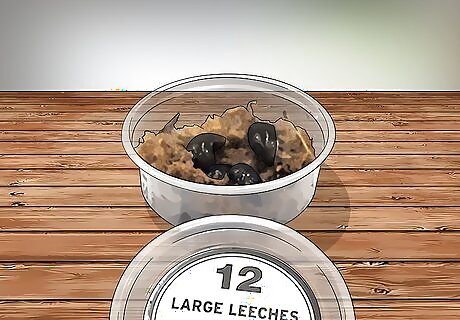
Catch your leeches from a pond or buy them from a bait store. If you catch leeches on your own, use a small dip net to collect them from a pond or remove them gently using forceps. You can also visit a local bait store of science supply shop to buy them. If you buy leeches from a store, ask the staff about what kind of food and space they require.
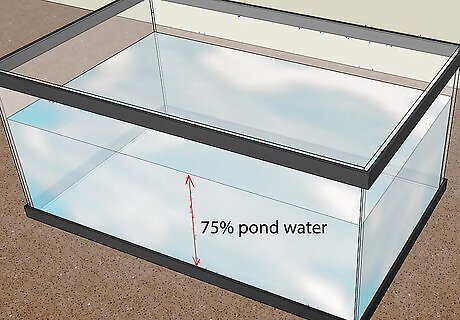
Fill the fish tank 75 percent of the way with water from a pond or stream. Leaving some space free at the top of the aquarium creates a barrier to stop leeches from escaping. Always use spring water, dechlorinated tap water, or water from the collection site. Never use purified water or chlorinated water—the former is harmful to the leeches' metabolic balance, while the latter contains harmful substances like copper and chlorine. Be sure that the water is cool and clean. To get rid of chlorinate in tap water, fill a container with the water and let it set for 1 to 2 days. Once the smell of chlorine fades, you're good to go! You can also purchase a water dechlorinator from a home hardware store.
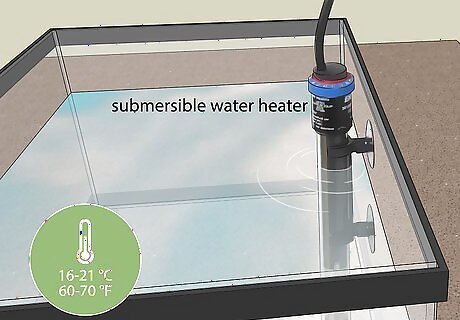
Keep your tank's temperature between 60 to 70 °F (16 to 21 °C). A temperature range of 76 to 80 °F (24 to 27 °C) is recommend for most aquariums, but you can widen this range a bit for leeches. In fact, they can tolerate quite a range of temperatures—anywhere from 40 to 80 °F (4 to 27 °C). A submersible or hang-on heater are the best options for temperature maintenance. For small tanks, make sure the heater is 5 watts per gallon. Larger tanks require about 3 watts per gallon. Keep an eye on your tank's temperature regularly and adjust the heater as necessary to keep it within the proper range.
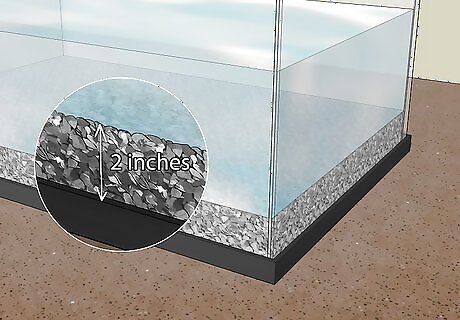
Pour 2 inches (5.1 cm) of gravel into the bottom of the tank to create hiding places. You can pour more if you'd like, but around 2 inches (5.1 cm) is a standard amount. This gives your leeches places to hide. You can also add shells and plants for some variety! If you get your leeches from the pond, take some plants from the area around it and add them to your tank. Purchase shells and plants for your tank from pet stores.
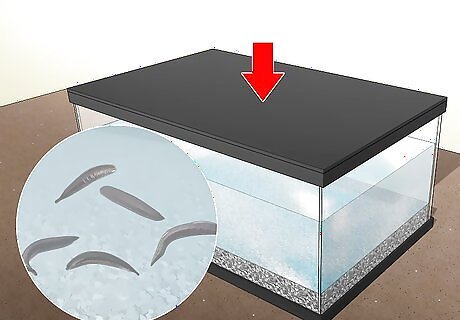
Put your leeches in the tank and cover it with a tight-fitting lid to prevent them from escaping. Gently pour your leeches into the tank. If you have a small amount, you can also place them in one-by-one with forceps. Always secure the top of your tank with a tight-fitting lid, such as a screen lid. Leeches have the ability to lengthen their bodies and squeeze through small openings—never skip the lid! Purchase a screen lid from a local pet store or online supplier.
Caring for Your Leeches
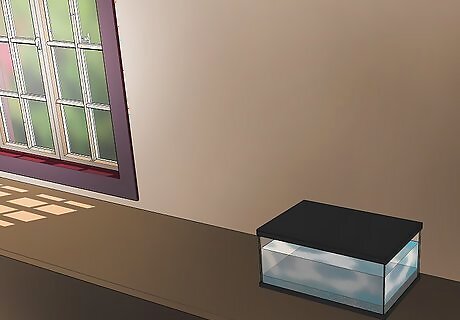
Keep your tank in a cold, dark place away from light. Most leeches are nocturnal and don't like any form of light. Be sure to keep them in an area out of both direct sunlight and artificial light—they can harm the leeches. You can also cover your tank with a towel if you can't find a location away from light exposure. In the winter, you can place your aquarium outside as long as it is partially covered with a towel to prevent direct exposure to sunlight.
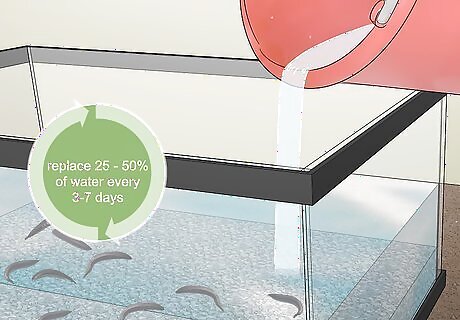
Change tank water every 3 to 7 days or when the water gets dirty. When the water looks dirty or starts to smell, it's time for a change. Additionally, keep a lookout for skin, which looks like slimy, whitish-clear particles and is a sign the water is dirty. To change the water, use a bowl or measuring cup to scoop out old water from the top of the tank. After removing 25 to 50 percent, fill the tank back up. Don't change more than 25 to 50 percent of the water at a time. Any more and you risk sudden temperature changes that can harm the leeches. Be sure to change your water at least once a week.
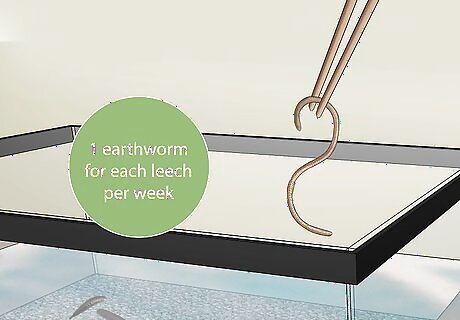
Feed the leeches once a week. Remember that leeches can go months—even up to a year—without eating. But for captive leeches, once a week is best. In terms of food, meal choice can depend on the type of leeches you have, so always ask your supplier for food recommendations. However, 1 earthworm per leech usually works for all leech types. Remove the dead food remains about 1 hour after putting them in the tank. If you caught your leeches in a pond, feed them pond snails. Medical supply center leeches typically require fresh beef liver. Frogs, fish, and earthworms are great food sources for many kinds of leeches. If you're unsure, stick with one of these food sources. Don't feed your leeches in the winter.




















Comments
0 comment